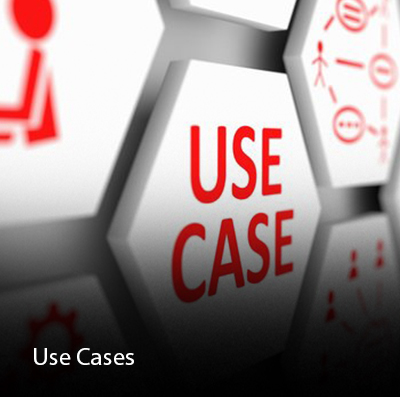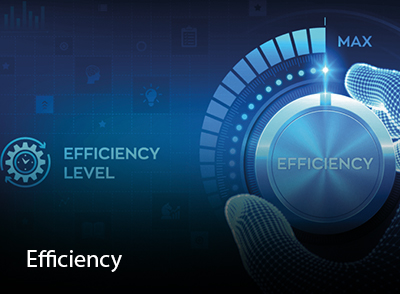Distributed Ledger
A distributed ledger is a decentralized and synchronized database that is shared and maintained by multiple participants or nodes across a network. Unlike a centralized ledger maintained by a single entity, a distributed ledger is distributed among various participants who have access to identical copies of the ledger. The primary characteristics and features of distributed ledgers include












Decentralization
Distributed ledgers operate on a decentralized network of nodes, meaning that no single entity has exclusive control over the entire ledger. Decentralization helps enhance security, transparency, and resilience.
Consensus Mechanism
To maintain consistency across the distributed ledger, participants use a consensus mechanism to agree on the validity of transactions. Common consensus mechanisms include proof-of-work, proof-of-stake, and Practical Byzantine Fault Tolerance (PBFT).
Immutability
Once a block of transactions is added to the distributed ledger, it becomes difficult to alter or tamper with the information. Immutability ensures the integrity of the ledger and provides a secure and transparent record of transactions.
Transparency
Credit terms specify the payment due date and any applicable discounts for early payment. Common terms include "net 30," indicating that the full amount is due within 30 days.
Security
Distributed ledgers often use cryptographic techniques to secure transactions and ensure the privacy and authenticity of the data. The decentralized nature of the ledger also makes it resistant to single points of failure.
Smart Contracts
Many distributed ledgers support smart contracts, which are self-executing contracts with the terms of the agreement directly written into code. Smart contracts automate and enforce the execution of predefined rules and conditions.
Permissioned or Permissionless
Distributed ledgers can be either permissioned or permissionless. Permissioned ledgers restrict access to a defined group of participants, while permissionless ledgers, like public blockchains, are open to anyone.
Blockchain and Non-Blockchain
While many distributed ledgers use blockchain technology, which organizes transactions into blocks linked by cryptographic hashes, not all distributed ledgers are based on a blockchain. Some may use alternative structures like directed acyclic graphs (DAGs).
Efficiency
Distributed ledgers can potentially improve efficiency by reducing the need for intermediaries and streamlining the process of recording and verifying transactions among participants.
Use Cases
Distributed ledgers find applications in various industries, including finance (e.g., cryptocurrencies and cross-border payments), supply chain management, healthcare, voting systems, and more.
Challenges
Implementing and managing distributed ledgers come with challenges, including scalability concerns, energy consumption (in the case of proof-of-work blockchains), and regulatory considerations.
Distributed ledgers have gained significant attention due to their potential to transform industries by providing a secure, transparent, and efficient way to record and verify transactions without the need for a central authority. The technology has implications for financial services, supply chain management, identity verification, and other fields where trust and transparency are crucial.
